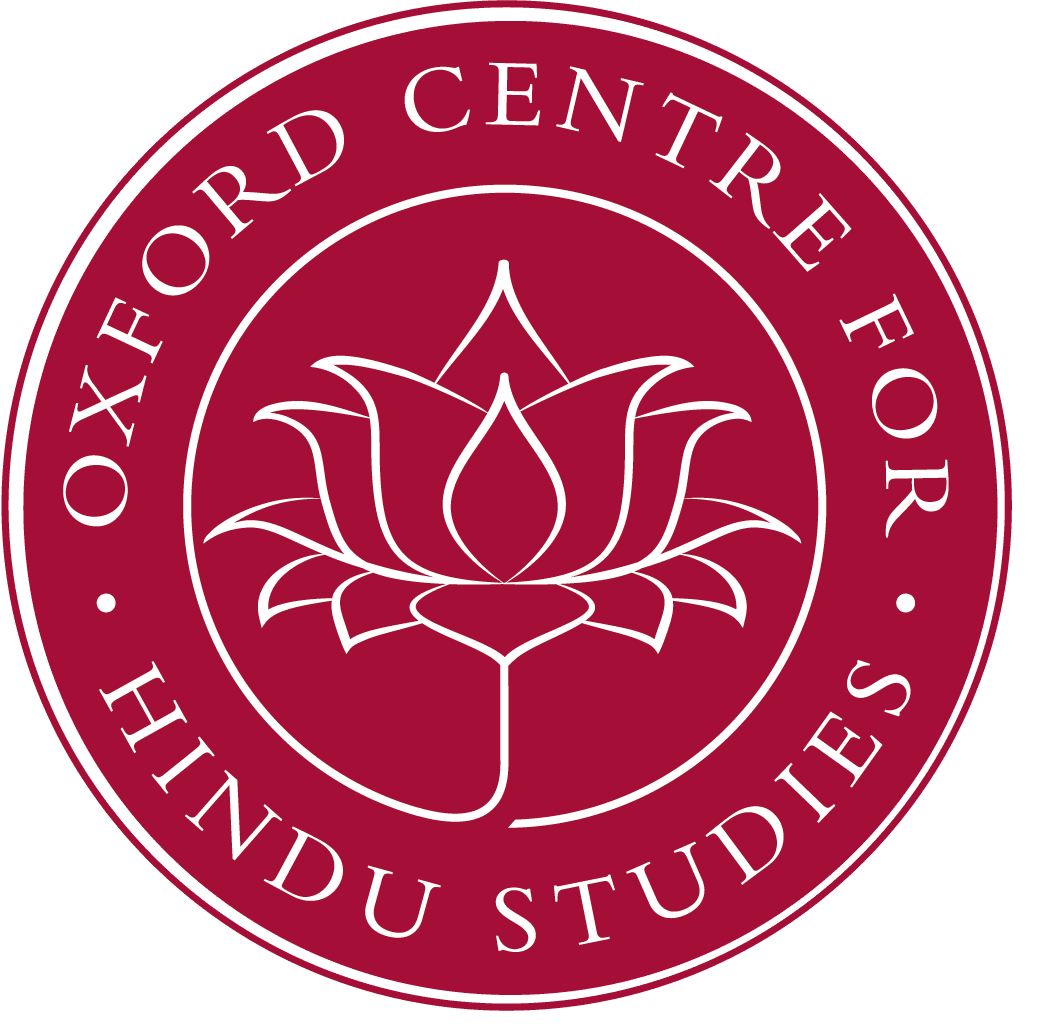Saivism with its important branches such as Pasupata and the Saivasiddhanta was widely popular in many parts of India from the beginning of the first millennium of the common era. Of them, the Saivasiddhanta had many royal dynasties as its support. The basic tenets of the system were enuncitated in the canonical texts called Agama believed to have been revealed by Siva Himself. In the course of its spread to south India and especially to the Tamil country the essential teachings of the Agama-s were taught by the teachers to their disciples. In order to easily grasp those essentials one Vagisa belonging to the 12th century had composed a Tamil digest called Ñanamirtam basing on the Agamas. This is the only available first Tamil text belonging to such an early period which has been influencing the subsequent developments of Saivasiddhanta. A comparative and analytical study of this text will be a very fruitful one which would help trace the early development of Saivasiddhanta
Lecture tag: Śaivism
Parallel Systematisation of Śaivism based on the Veda and the Purāṇa: Haradatta, Appayadīkṣita and Nīlakaṇṭhadīkṣita
In the 16th century there was a revival of Śaivism fully based on the Vedas and the Purāņas. Also to refute the attack of Vaishnava teachers and to firmly establish that Śiva is the supreme reality expounded in the Vedas and the allied texts great Śaiva teachers such as Haradatta, Appayadīkşita, Nīlakaņţhadīkşita, to cite a few, have composed many texts. A brief analysis of these important but less studied texts will be the subject of this lecture.
Dr. T. Ganesan is a researcher at the French Institute of Pondichery where he is also Director of the History of Śaiva Siddhānta project. He is an expert in the Sanskrit and Tamil sources of the Śaivism generally and the Śaiva Siddhānta in particular and is engaged in writing a history of Śaivism and preparing a critical edition of the Sūkṣmāgama. Among his recent publications are Two Saiva teachers of the sixteenth century. Nigamajnana I and his disciple Nigamajnana II (IFP – Publications Hors série n° 9, 2009), xviii, pp. 274; Sarvajnanottaragama (Yogapada) with the commentary of Aghorasivacharya, critically edited for the first time with introduction and Tamil translation, (Sri Aghorasivacharya Trust, Chennai, 2009); and the Acintyavisvasadakhyagama (2 chapters) along with the Tamil versified adaptation Civapunniyattelivu of Nigamajnanadesika, (Sri Aghorasivacharya Trust, Chennai, 2009).
Development and elaboration of Śaivasiddhānta doctrines in the Tamil country: Śivāgrayogī’s contribution in the middle of 16th century CE
The sixteenth century in south India witnessed enormous output of literature composed in Sanskrit on many subjects and systems of philosophy. Sivagrayogi was a very great Saivasiddhanta teacher belonging to this period who had enriched the Saivasiddhanta literature by composing many independent texts as well as commentaries. Some of them are voluminous and they have been exerting great sway among the devotees and learned scholars. This seminar will analyse briefly his contribution for the development of Sivasiddhanta during the pre-modern period.
Pauṣkarāgama: The Śaivasiddhānta Doctrinal Base in its Later Developments–Two commentators, Umāpati and Jñānaprakāśa of Śālivāṭi, Jaffna
Among the available Saivagamas the Pauskaragama is a very important and interesting in many ways. The eight chapters deal with some of the fundamental doctrines of Saivasiddhanta in a thorough fashion. Its importance is also evident by the existence of two elaborate commentaries of which one is still unpublished. In my lecture I will highlight some of the salient features of this text based on those commentaries.
The Śaiva commentarial tradition 3 Week 7
The last Śaiva reading will be Kṣemarāja’s independent text the Pratyabhijñāhṛdaya and his auto-commentary. We shall focus on the first nine sūtras. We will see here a non-dualist tradition that contrasts with the Vedānta in its emphasis on the dynamic power (śakti) of its non-theistic absolute reality.
Reading: Kṣemarāja, Pratyabhijñāhṛdaya translated by Jaideva Singh (MLBD: Delhi, 1980).
Hindu Theology: Session Four – The Saiva commentarial tradition 1
The class will discuss the Śaiva tantric revelation. We will begin with the theistic or dualistic Śaiva Siddhānta through focussing on chapter 1 (the paśupaṭala) of Rāmakaṇṭha’s commentary on the Kiraṇa-tantra. We will see how Rāmakaṇṭha offers a conservative reading of revelation that he regards as the expression of the highest good (and which other teachings (śāstra) do not give).
Reading:Goodall, Dominic. Bhaṭṭa Rāmakaṇṭha’s Commentary on the Kiraṇatantra vol. 1 (Insitut Français de Pondichéry, 1998).
The Śaiva commentarial tradition 2 Week 6
Continuing the Śaiva theme we will contrast the Saiddhāntika theology with the non-Saiddhāntika understanding of revelation through focussing firstly on Abhinavagupta’s commentary on the root text of his tradition, the Mālinīvijayottara-tantra. We will read the Mālinīślokavārttika I, 1.
Reading: Hanneder, Jurgen. Abhinavagupta’s Philosophy of Revelation (Forsten 1998).
Hindu understandings of God 4: The theology of Utpaladeva and the monistic Shaivas
We find the idea of God in different religions and it is theologically interesting that semantic analogues of the category appear across the boundaries of traditions. This series of lectures explores Hindu ideas of God and raises questions about the meaning of God in human traditions and the idea of comparative theology.
The dancing Shiva as a focus for teaching cultural diversity
This seminar examines representations of the deity Shiva, and explores the possibilities of the image of the dancing Shiva as a pedagogical focus in teaching cultural diversity.
